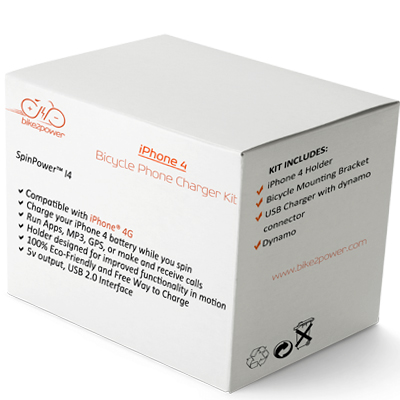Since the launch of Google's cloud application, Google Drive, this past Tuesday, I've been closely monitoring and reading responses, reviews, and analysis' of the new application. Of course, there has been an outrage, and Google has been targeted for the invasiveness of their approach.
So what's the big deal? A lot of it is the verbatim used in Google's privacy policy, but this is the clincher
"When you upload or otherwise submit content to our Services, you give Google (and those we work with) a worldwide license to use, host, store, reproduce, modify, create derivative works (such as those resulting from translations, adaptations or other changes that we make so that your content works better with our Services), communicate, publish, publicly perform, publicly display and distribute such content."It's a jam packed paragraph, but this is what has scared most people. Essentially, Google cannot steal your data, but have a freedom to use your data. Google claims that their mission in collecting data is to innovate and invent. For example, the ability to create an application that can pull a meeting from your Google calendar, determine where you are 30 minutes prior to the meeting, and offer you directions.
There are two main fears that have erupted from this; what Google can do with your publicly shared information, and what google can do with the private information you store on the cloud system.
The scary thing is, is that Google can pretty much do anything with your publicly shared information. Google maintains that your intellectual property will remain as such, that they just basically have the green light to use your information if they please. Essentially, this is a classic case of possibility versus probability. Is it possible that they can use my handsome face as the Google design of the day - yes, but is it probable that they will - no.
What is a little grey is what they can do with your private information. Everyone has looked something up on the internet that they wouldn't exactly advertise, but you kind of look left and right and make sure you're alone, then go ahead and search! We all know that it's not entirely private, the data is transmitted and interpreted somewhere and goes to someone. What's more disconcerting is what you would store on your cloud system. A lot of self employed individuals and small business are using cloud systems; it's a good way of backing up your information, and you can access it from virtually anywhere. But where is the fine line of ownership? Are consent forms going to have to state "I consent to ABC Inc accessing my information and storing it on Google Drive"?
There are clearly no answers that the public will like, but, that's kind of the can of worms that the world wide web opened, isn't it?
(Read Google's terms of service here)












